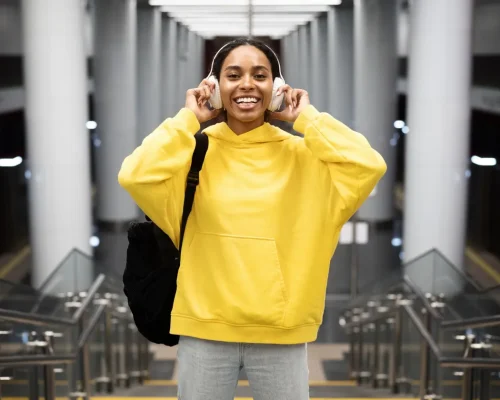You’re a young creative with big dreams.
You want to build your career and earn a living from your passion.
You want to create amazing things and impact the world.
However, there’s a problem.
You struggle with finding the time, energy, and motivation to work on your projects and grow your skills.
Or perhaps you feel overwhelmed by the endless distractions and demands of life and wish you had more control over your creative process and output.
Sound familiar? It means this guide is for you. Because here, I’m going to show you how habits and routines will work for you. I’ll show you how to make your habits stick and how to change them when they no longer serve you. That’s what this guide will teach you.
In this guide, you will discover:
- The meaning of habits and routines, why they are important, how they are formed, and how they can be changed
- How to build habits and routines that improve your physical, mental, and emotional well-being as a creative
- Habits and routines for productivity: how to manage your time, energy, and attention effectively as a creative
- Forming habits and routines that unleash your imagination, inspiration, and originality.
- Habits and routines for happiness: how to cultivate a positive mindset, attitude, and outlook as a creative
- How to apply the principles of habits and routines to various creative fields
By the end of this guide, you will clearly understand habits and routines and how to use them to boost your creativity and career. You will also have a set of practical tips, tools, and resources to help you implement what you learn.
Are you ready to transform your creative life with habits and routines?
Then, let’s dive right in.
What are habits and routines?
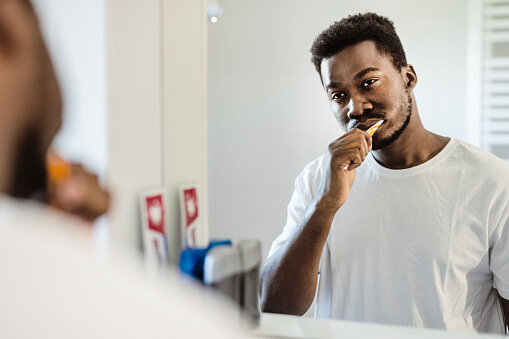
Habits and routines are the secret weapons of the most successful creatives. They are actions that you perform regularly and automatically, without much thought or effort.
Habits shape your behaviour, mindset, and identity. They influence how you think, feel, and create. And they can make or break your creative success. Habits are triggered by cues in your environment or your internal state, and they are followed by rewards that reinforce them.
For example, nail biting is a habit for some people. They do it without thinking because they are anxious (cue) and are looking to relieve the stress (reward).
Routines are sequences of actions that you perform regularly and intentionally, with a specific goal or purpose in mind. They are driven by your motivation and willpower, and they are followed by outcomes that align with your goals.
For example, writing 500 words every morning can be a routine. You do it with a conscious effort because you have a goal (finishing your book) and an outcome (progress).
Why are habits and routines important for creativity and career success?

Habits and routines are important for creativity and career success because they help you:
- Save time and energy by eliminating decision fatigue and procrastination. When you have habits and routines in place, you don’t have to waste mental resources on deciding what to do or when to do it. You just do it.
- Increase your productivity and efficiency by optimizing your workflow and environment. When you have habits and routines in place, you create a system that works for you. You know what works best for you, when you work best, and how you work best.
- Enhance your creativity and innovation by stimulating your brain and generating new ideas. When you have habits and routines in place, you create a space for creativity to flourish. You expose yourself to new stimuli, challenge yourself to try new things, and connect the dots in novel ways.
- Improve your skills and expertise by practising deliberately and consistently. When you have habits and routines in place, you create a feedback loop that helps you learn and improve. You set clear goals, measure your progress, get feedback, and make adjustments.
- Boost your confidence and self-esteem by achieving your goals and celebrating your wins. When you have habits and routines in place, you create a sense of accomplishment and satisfaction. You see the results of your efforts, recognize your achievements, and reward yourself.
How are habits and routines formed?
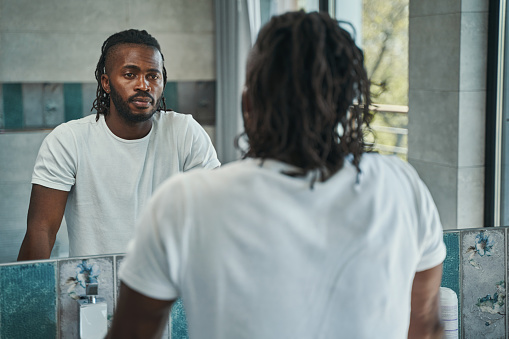
Habits and routines are formed through repetition and reinforcement.
According to the habit loop model proposed by Charles Duhigg in his book The Power of Habit, habits consist of three elements: cue, routine, and reward.
The cue is the trigger that initiates the habit. It can be something external (such as a time of day, a location, or an event) or internal (such as a mood, a thought, or an emotion).
While the routine is the action you perform in response to the cue, the reward is the benefit that you get from performing the routine. The routine can be physical (such as eating), mental (such as thinking), or emotional (such as feeling), but the reward may be tangible (such as money) or intangible (such as happiness).
The habit loop works like this: when you encounter a cue, you perform a routine to get a reward. The reward reinforces the link between the cue and the routine, making it more likely that you will repeat the behaviour in the future.
For example, let’s say you have a habit of checking your social media first thing in the morning. The cue is waking up. The routine is picking up your phone. The reward is feeling informed.
Forming New Habits
To form a new habit or change an existing one, you need to manipulate the elements of the habit loop.
You can create a new cue by associating it with an existing one (such as brushing your teeth) or by making it obvious or attractive (such as setting an alarm or placing a reminder). Likewise, you can create a new routine by making it easy or enjoyable (such as breaking it down into small steps or adding some fun).
Again, you can create a new reward by making it immediate or satisfying (such as tracking your progress or treating yourself).
For example, let’s say you want to form a habit of meditating every morning. First, you can introduce a new cue by doing it right after brushing your teeth. Then, you can create a new routine by starting with just 7 minutes of meditation using an app or a guide. Finally, you can create a new reward by noting how calm or focused you feel after meditating.
Building New Routines
Routines are formed through similar processes of repetition and reinforcement.
However, routines are more complex than habits because they involve multiple actions that require more motivation and willpower.
To form a new routine or change an existing one, you need to:
- Define your goal: What do you want to achieve with this routine? Be specific, measurable, achievable, relevant, and time-bound.
- Plan your actions: What steps do you need to take to reach your goal? Break them down into manageable tasks that fit into your schedule.
- Implement your actions: When and where will you perform each task? How will you overcome potential obstacles or distractions?
- Monitor your progress: How will you track your performance and results? How will you measure your success?
- Evaluate your outcomes: How did you do? What worked well? What didn’t work well? How can you improve?
For example, let’s say you want to form a routine of writing 300 words every morning. You can:
- Define your goal: Write 300 words every morning for 30 days to finish the first draft of your book.
- Plan your actions: Outline your book chapters; write 300 words per chapter; edit and revise as needed.
- Implement your plan: Write every morning from 6 am to 7 am, turn off notifications, use the Pomodoro technique, and use writing software.
- Monitor your progress: Use a word count tool, calendar, and journal.
- Evaluate your outcomes: Review your writing quality. Check for errors and get feedback as necessary. Also, make sure you celebrate any milestones.
How can habits and routines be changed?

Habits and routines can be changed by replacing them with new ones that serve your goals better.
To change an existing habit or routine, you need to:
- Identify the habit or routine that you want to change: What is the current behaviour that is holding you back or causing problems?
- Analyze the habit loop or action plan: What are the cues, routines, rewards, goals, actions, progress indicators, and outcomes of this behaviour?
- Replace the habit loop or action plan: What are the alternative cues, routines, rewards, goals, actions, progress indicators, and outcomes that would help you achieve what you want?
- Test the new habit loop or action plan: How does it feel to perform the new behaviour? What challenges do you face? How can you overcome them?
- Repeat the new habit loop or action plan: How often do you need to perform the new behaviour to make it stick? How long does it take to form a new habit or routine?
For example, let’s say you want to change your habit of checking social media first thing in the morning. You can:
- Identify the habit that you want to change: checking social media first thing in the morning
- Analyze the habit loop: cue – waking up; routine – opening social media apps; reward – feeling connected or entertained
- Replace the habit loop: cue – waking up; routine – reading a book; reward – feeling informed or inspired
- Test the new habit loop: feel more focused and calm; face temptation to check social media; use app blocker
- Repeat the new habit loop: do it every morning for 66 days (it takes that long)
Habits and Routines for health promotion
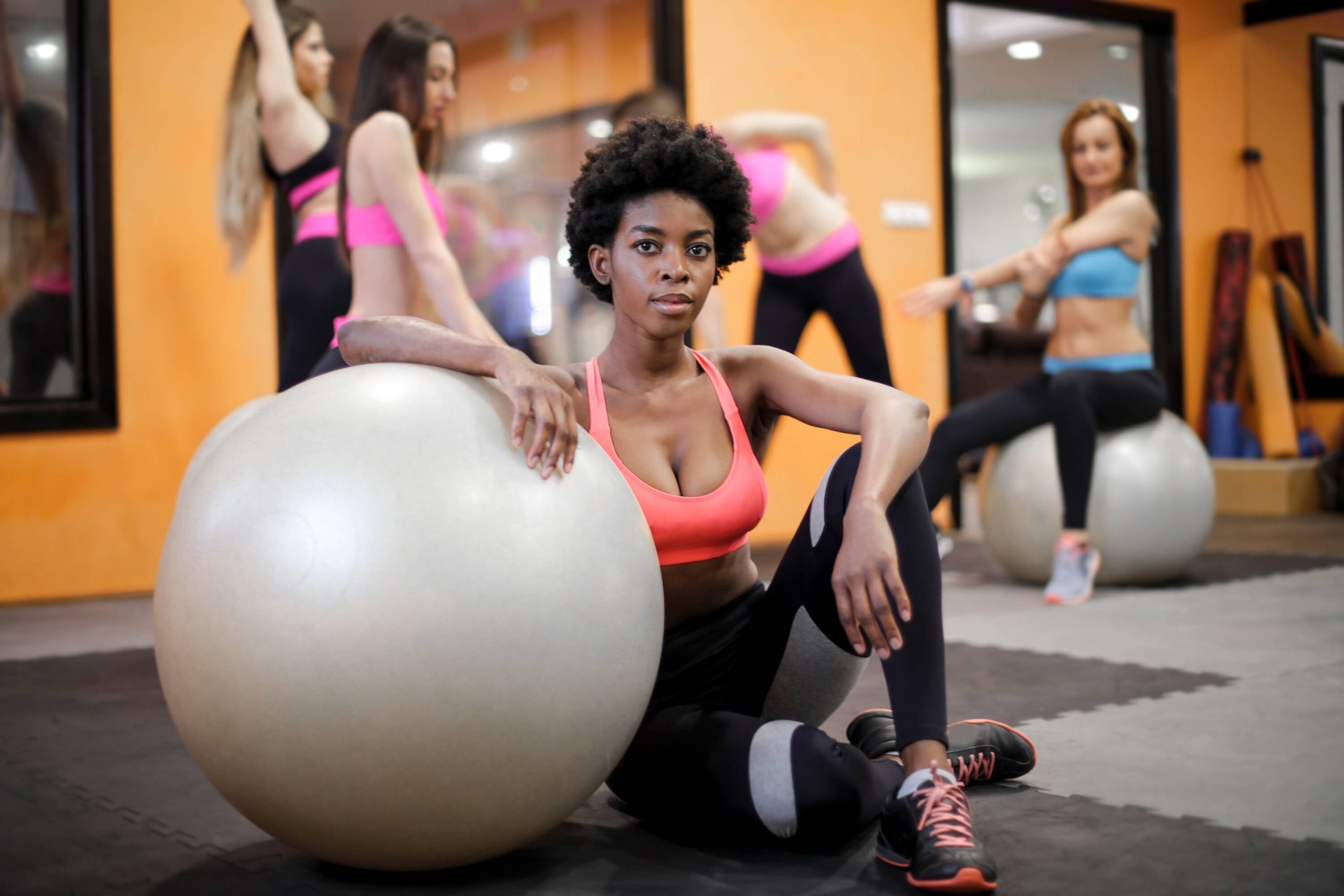
As a creative, your health is your most valuable asset, and you must invest in it.
Your health affects your energy levels, your mood, your focus, your motivation, your resilience, and your performance.
It affects your ability to generate ideas, solve problems, express yourself, collaborate with others, and deliver results.
Likewise, it affects your happiness and satisfaction with your work and life.
That’s why you need to develop habits and routines that promote your physical, mental, and emotional well-being.
Here are some tips and best practices for doing that:
Physical well-being
Here are some habits and routines that can help you improve your physical well-being as a creative:
Eat well: nourish your body with healthy foods that provide you with the nutrients and energy you need. Avoid processed foods, added sugars, and excess caffeine or alcohol. Drink plenty of water to stay hydrated.
Sleep well: Get enough quality sleep every night to recharge your brain and body. Aim for 7-9 hours of uninterrupted sleep. Follow a regular sleep schedule. Avoid screens, caffeine, or alcohol before bed. Make your bedroom dark, quiet, and comfortable.
Move well: Exercise regularly to keep your body fit and strong. Choose activities that you enjoy and that suit your goals. Aim for at least 150 minutes of moderate-intensity aerobic exercise and two sessions of strength training per week. Stretch and warm up before and after exercise.
Rest well: Take breaks throughout the day to relax and recharge. Avoid working for more than 90 minutes at a time. Use the Pomodoro technique or a similar method to structure your work sessions and breaks. Do something that relaxes you during your breaks, such as meditating, reading, or listening to music.
Mental well-being
Your mental well-being is the state of your mind.
Here are some habits and routines that can help you improve your mental well-being as a creative:
- Learn new things: Stimulate your brain and expand your knowledge by learning new things every day. Read books, articles, blogs, newsletters, podcasts, etc., on topics that interest you or relate to your work. Take online courses or workshops to learn new skills or improve existing ones.
- Challenge yourself: Push yourself out of your comfort zone and try new things that challenge you. Set SMART goals for yourself and work towards them. Seek feedback and learn from it. Embrace failure as an opportunity to grow.
- Manage stress: reduce the sources of stress in your life and find healthy ways to deal with it. Identify what triggers your stress and how it affects you. Avoid or minimize exposure to stressful situations or people. Practice relaxation techniques such as breathing exercises, meditation, yoga, etc.
- Cope with difficulties: Face the problems or challenges that arise in your life and find solutions for them. Don’t avoid or ignore them. Seek help when you need it from friends, family, mentors, coaches, therapists, etc. Use positive affirmations or self-talk to boost your confidence and resilience.
Emotional well-being
Your emotional well-being is the state of your heart.
Here are some habits and routines that can help you improve your emotional well-being as a creative:
- Express yourself: Let out your emotions in healthy ways that don’t harm yourself or others. Write in a journal, draw in a sketchbook, sing in the shower, dance in the living room, etc. Don’t bottle up or suppress your feelings.
- Connect with others: Build meaningful relationships with people who support you and inspire you. Spend time with friends, family, colleagues, mentors, etc., who make you feel good. Communicate openly and honestly with them. Listen to them and empathize with them.
- Have fun: Enjoy yourself and have fun every day. Do things that make you happy and bring you joy. Play games, watch movies, listen to music, laugh at jokes, etc. Don’t take yourself too seriously.
- Be grateful: Appreciate what you have and what you’ve achieved in your life. Express gratitude to yourself and others for the opportunities and blessings you’ve received. Keep a gratitude journal or a gratitude jar where you write down or collect things you’re grateful for every day.
Habits and routines for productivity
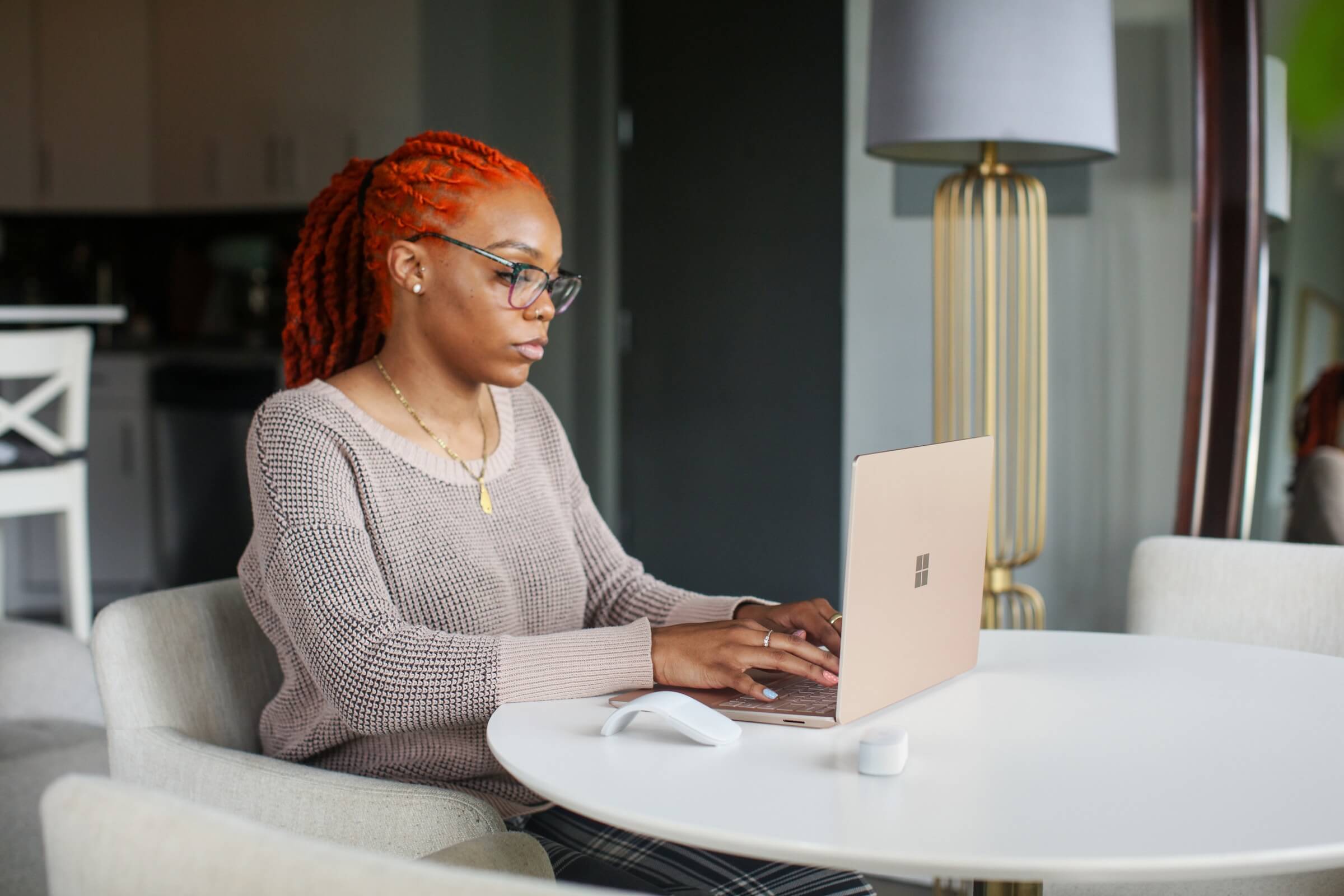
If you cannot stay productive as a creative, you will not deliver value, meet deadlines, satisfy clients, and earn income. This will affect your reputation, credibility, and authority in your field, limiting your growth and advancement in your career.
That’s why you need to develop habits and routines that improve your productivity. Here are some tips and best practices for doing that:
Time management
Your time is your most precious resource. It is limited, non-renewable, and irreplaceable. It is also the most controllable factor in your productivity. You can decide how to use your time and what to do with it.
Here are some habits and routines that can help you manage your time better as a creative:
- Plan your day: Start each day with a clear plan of what you want to accomplish and how you will do it. Prioritize your tasks based on urgency and importance. Use a calendar, a planner, or a to-do list to organize your schedule.
- Follow a routine: Establish a routine for your workday that suits your preferences and goals. Follow a consistent wake-up time, work time, break time, and sleep time. Stick to your routine as much as possible.
- Eliminate distractions: Identify and remove anything that distracts you from your work or reduces your focus. Turn off notifications, close tabs, mute chats, etc. Use tools like Freedom or RescueTime to block distracting websites or apps.
- Batch similar tasks: Group similar tasks together and perform them in one session. For example, check emails, make calls, reply to messages, etc., in one batch. This will reduce the switching costs between different tasks and increase your efficiency.
- Delegate or outsource: Delegate or outsource tasks that are not essential or not within your expertise. For example, hire a virtual assistant, a graphic designer, a copywriter, etc., to handle some aspects of your work. This will free up your time and energy for more important or creative tasks.
Energy management
Your energy is your fuel. It is variable, renewable, and replenishable. It is also the most influential factor in your productivity. You can increase or decrease your energy level depending on how you use it and what you do with it.
Here are some habits and routines that can help you manage your energy better as a creative:
- Eat well: Nourish your body with healthy foods that provide you with the nutrients and energy you need. Avoid processed foods, added sugars, and excess caffeine or alcohol. Drink plenty of water to stay hydrated.
- Sleep well: Get enough quality sleep every night to recharge your brain and body. Aim for 7-9 hours of uninterrupted sleep. Follow a regular sleep schedule. Avoid screens, caffeine, or alcohol before bed. Make your bedroom dark, quiet, and comfortable.
- Move well: Exercise regularly to keep your body fit and strong. Choose activities that you enjoy and that suit your goals. Aim for at least 150 minutes of moderate-intensity aerobic exercise and two sessions of strength training per week. Stretch and warm up before and after exercise.
- Rest well: Take breaks throughout the day to relax and recharge. Avoid working for more than 90 minutes at a time. Use the Pomodoro technique or a similar method to structure your work sessions and breaks. Do something that relaxes you during your breaks, such as meditating, reading, or listening to music.
- Renew well: Take time off from work to recover and rejuvenate. Schedule regular vacations or staycations where you disconnect from work completely. Do things that make you happy and bring you joy. Play games, watch movies, listen to music, laugh at jokes, etc.
Attention management
Your attention is your focus. It is scarce, finite, and valuable. It is also the most critical factor in your productivity. You can direct or divert your attention depending on what you pay attention to and what you ignore.
Here are some habits and routines that can help you manage your attention better as a creative:
- Set clear goals: Define what you want to achieve with each task or project and how you will measure success. Use SMART criteria to make your goals specific, measurable, achievable, relevant, and time-bound.
- Eliminate distractions: Identify and remove anything that distracts you from your work or reduces your focus. Turn off notifications, close tabs, mute chats, etc. Use tools like Freedom or RescueTime to block distracting websites or apps.
- Focus on one thing: Concentrate on one task or project at a time until it is done or until you reach a milestone. Avoid multitasking or switching between different tasks, as this will reduce your quality and efficiency.
- Use deep work: Practice deep work techniques to achieve a state of flow where you are fully immersed in your work and perform at your best. Choose a suitable environment, set a clear goal, eliminate distractions, set a timer, etc
- Use shallow work: Balance deep work with shallow work techniques to handle tasks that require a lesser cognitive effort but still need to be done, such as emails, calls, and meetings. Schedule shallow work for times when you have low energy or focus, like after lunch or before closing time.
Habits and Routines for Creativity
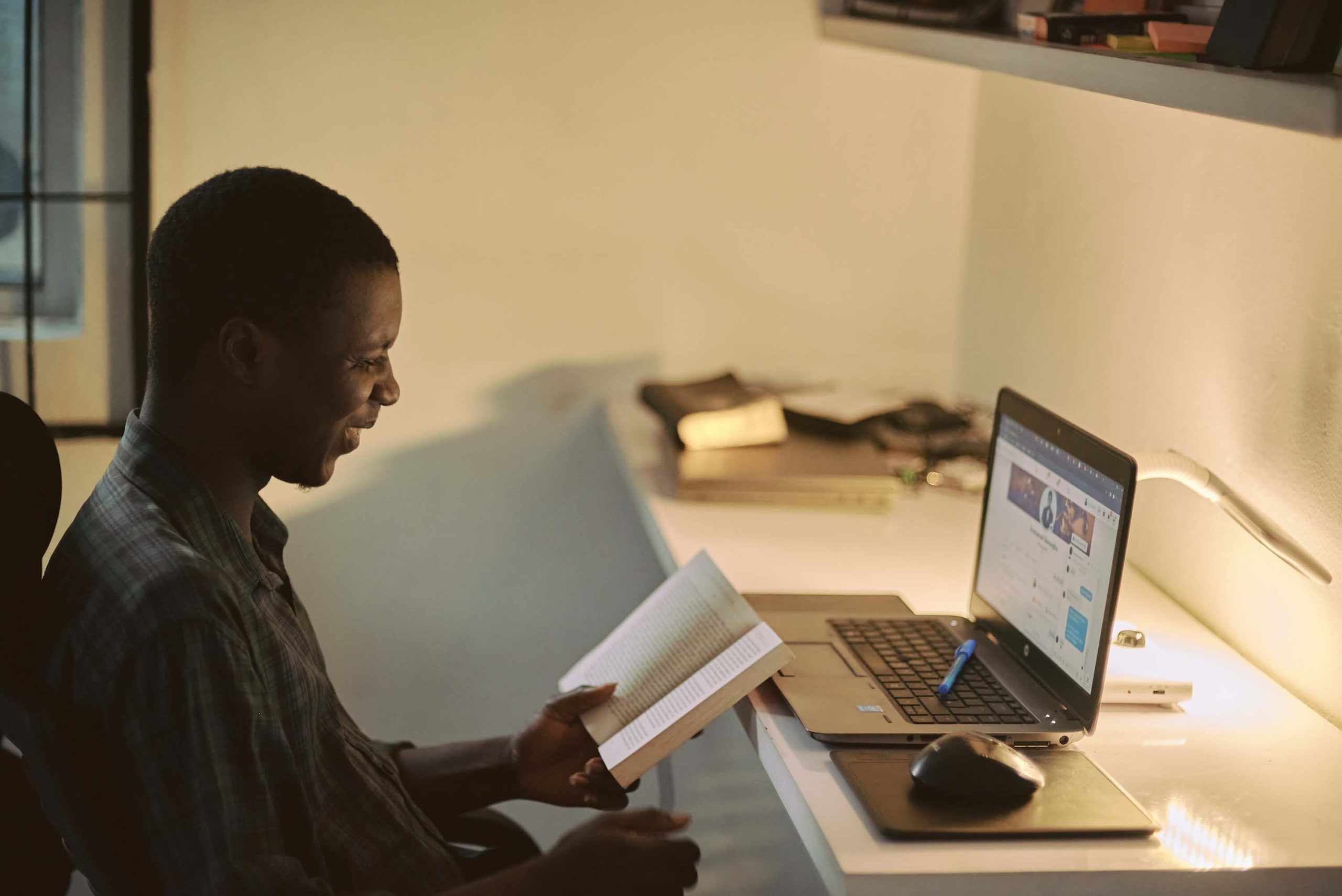
Your creativity has to do with your ability to generate ideas, solve problems, express yourself, collaborate with others, and deliver value. It affects your differentiation, innovation, and originality in your field.
You need to develop habits and routines that help you stimulate your brain and generate new ideas. Here are some tips and best practices for doing that:
Brain stimulation
Your brain is your most powerful tool. It is complex, adaptable, and trainable. It is also the source of your creativity.
You can stimulate or dull your brain depending on how you use it and what you expose it to. Here are some habits and routines that can help you stimulate your brain as a creative:
- Learn new things: Stimulate your brain and expand your knowledge by learning new things every day. Read books articles blogs newsletters podcasts etc on topics that interest you or relate to your work. Take online courses or workshops to learn new skills or improve existing ones.
- Challenge yourself: Push yourself out of your comfort zone and try new things that challenge you. Set SMART goals for yourself and work towards them. Seek feedback and learn from it. Embrace failure as an opportunity to grow.
- Explore new experiences: Expose yourself to new stimuli and sensations that spark your curiosity and imagination. Travel to new places, meet new people, try new foods, listen to new music, watch new movies, etc. Be open-minded and adventurous.
- Play games: play games that stimulate your brain and enhance your cognitive abilities. Choose games that involve logic, strategy, memory, creativity, etc. Examples are Chess, Sudoku, crossword puzzles, and Scrabble. Have fun and enjoy yourself.
- Meditate: Meditate regularly to calm your mind and increase your awareness. Practice mindfulness meditation, where you focus on the present moment and observe your thoughts, feelings, and sensations without judgment. Use apps or guides to help you meditate.
Idea generation
Your ideas are your currency. They are valuable, exchangeable, and scalable. They are also the result of your creativity.
You can generate or limit your ideas depending on how you think and what you do with them. Here are some habits and routines that can help you generate more ideas as a creative:
- Brainstorm: Brainstorm regularly to generate a large number of ideas without worrying about quality or feasibility. Use techniques like mind mapping, SCAMPER, and reverse brainstorming to stimulate your thinking. Write down or record all your ideas.
- Research: Research extensively to gather information and inspiration for your ideas. Use sources such as books, articles, blogs, newsletters, podcasts, etc, to learn from experts or peers in your field or related fields. Use tools such as Evernote or Pocket to save and organize your research.
- Connect: Connect with other creatives to share feedback and collaborate on ideas. Join communities where you can interact with like-minded people. Attend events and meetups where you can network and learn from others.
- Experiment: Experiment frequently to test and validate your ideas. Use methods such as prototyping, surveys, and interviews to get feedback from potential users or customers.
- Iterate: Iterate constantly to improve and refine your ideas. Use feedback to identify what works well and what doesn’t work well in your ideas. Make adjustments to enhance your ideas.
Habits and Routines for Happiness

As a creative, your happiness is your reward. The happier you are, the more creative you are likely to be. Your happiness affects your motivation, passion, and enthusiasm for your work. It affects your satisfaction, fulfilment, and joy with your work and life.
That’s why you need to develop habits and routines that help you find meaning, purpose, and joy in what you do. Here are some tips and best practices for doing that:
Meaning
Your meaning is the reason why you do what you do.
It is the value, impact, and contribution that you make with your work.
It is the alignment of your work with your values, beliefs, and goals.
Here are some habits and routines that can help you find meaning in your work as a creative:
- Define your why: Clarify why you chose to be creative and what you hope to achieve with your work. Write down your mission statement or vision statement. Use it to guide your decisions and actions.
- Align your what: Align what you do with why you do it. Choose projects or clients that resonate with your why. Say no to projects or clients that don’t. Use tools such as the Ikigai model or the Hedgehog concept to find your sweet spot.
- Measure your how: Measure how well you are doing in terms of your why. Use metrics such as feedback, testimonials, reviews, ratings, etc., to evaluate your value, impact, and contribution.
Purpose
Your purpose is the goal or direction that you pursue with your work. It is the challenge, problem, or opportunity that you address with your work. It is the vision, aspiration, or ambition that you have for your work.
Here are some habits and routines that can help you find purpose in your work as a creative:
- Set SMART goals: Set goals for yourself and your work. Write down or visualize these goals so you can use them to motivate and inspire yourself.
- Break down action steps: Break down your goals into manageable tasks that fit into your schedule. Write them down and use them to organize and structure your work.
- Celebrate milestones: Celebrate your achievements and wins along the way. Reward yourself or others for completing tasks or reaching goals. Use them to boost your confidence and self-esteem.
Joy
Joy is the emotion that you feel when you do what you love. It is the pleasure, delight, and fun that you experience with your work. It is the expression, connection, and appreciation that you share with your work.
Here are some habits and routines that can help you find joy in your work as a creative:
- Do what you love: do what makes you happy and brings you joy. Choose projects or clients that excite you or challenge you. Say yes to projects or clients that do.
- Have fun: enjoy yourself and have fun with your work. Do things that make you laugh or smile. Add some humor or playfulness to your work.
- Share what you do: Share what you do with others who appreciate it or benefit from it. Show off your work or get feedback on it. Teach others what you know or learn from them.
Habits and routines for different occupations

Your occupation affects your skills, knowledge, and expertise. It affects the opportunities, challenges, and rewards in your work.
That’s why you need to adapt your habits and routines to your occupation as a creative. You need to develop habits and routines that suit your specific field and goals. Here are some tips and best practices for doing that:
Writing
If you are a writer, your occupation involves creating written content for various purposes and audiences.
You need to develop habits and routines that help you write effectively and creatively. Here are some habits and routines that can help you improve your writing as a creative:
- Read: Read widely and deeply to improve your vocabulary, grammar, style, and knowledge. Read everything from topics that interest you or relate to your work to those that don’t. Read fiction and non-fiction from different genres and formats.
- Write: Write daily and consistently to improve your skills, output, and confidence. Write 500 words every morning or evening. Write for yourself or others. Write on topics that interest you or challenge you. Write in different genres and formats.
- Edit: Edit ruthlessly and objectively to improve your quality, clarity, and impact. Edit your work or get someone else to edit it. Edit for content, structure, style, tone, grammar, spelling, etc. Edit multiple times until you are satisfied.
- Publish: Publish regularly and widely to improve your exposure, reach, and feedback. Publish on your blog or website or other platforms or publications. Publish for different purposes and audiences. Publish with pride and humility.
Design
If you are a designer, you need to develop habits and routines that help you design beautifully, effectively, and creatively.
Here are some habits and routines that can help you improve your design as a creative:
- Sketch: ketch frequently and freely to improve your visual thinking, communication, and expression. Sketch on paper or digital devices. Sketch ideas, concepts, plans, prototypes, etc. Sketch for yourself or others.
- Design: Design daily and consistently to improve your skills output and confidence. Design something every day or every week. Design for yourself or others. Design on topics that interest you or challenge you. Design in different styles and formats.
- Review: Review critically and constructively to improve your quality feedback and impact. Review your work or get someone else to review it. Review for aesthetics, functionality, usability, etc. Review multiple times until you are satisfied.
- Share: Share regularly and widely to improve your exposure reach and feedback. Share on your portfolio, website, or other platforms or publications. Share for different purposes and audiences. Share with pride and humility.
Music
If you are a musician, you need to develop habits and routines that help you create music beautifully, effectively, and creatively.
Here are some habits and routines that can help you improve your music as a creative:
- Listen: Listen widely and deeply to improve your ear skills, knowledge, and inspiration. Listen to music from different genres, artists, and eras. Listen to music that interests you or relates to your work. Listen to music with attention and appreciation.
- Play: Play daily and consistently to improve your skills, output, and confidence. Play an instrument or sing. Play by yourself or with others. Play songs, compositions, and improvisations. Play for yourself or others.
- Record: Record frequently and objectively to improve your quality feedback and impact. Record your work or get someone else to record it. Record for practice performance or production. Record with care and accuracy.
- Release: Release regularly and widely to improve your exposure, reach, and feedback. Release on your platform or website, other platforms, or publications. Release for different purposes and audiences. Release with pride and humility.
It’s Action O’Clock
You’ve just learned how habits and routines can transform your creative life. You’ve also learned how to form, change, and adapt habits and routines to suit your specific needs and goals.
Now, it’s time to take action. Don’t just read this guide and forget about it. Use it as a blueprint for building habits and routines that boost your creativity and career.
Start today.
Pick one habit or routine that you want to form or change. Work on it till it becomes a part of you. Then repeat the process for other habits or routines that you want to improve.
Remember: habits and routines are not fixed or permanent. They are flexible and adaptable. You can always change them when they no longer serve you or when you have new goals or challenges.
The key is to keep experimenting, learning, and improving. That’s how you become a successful creative.
And if you need any help or guidance along the way, don’t hesitate to contact me.
Just send me an email at definitions.adebajo@gmail.com or leave a comment below. I’d love to hear from you.
Thank you for reading, and don’t forget to share with others who may also benefit from it.

